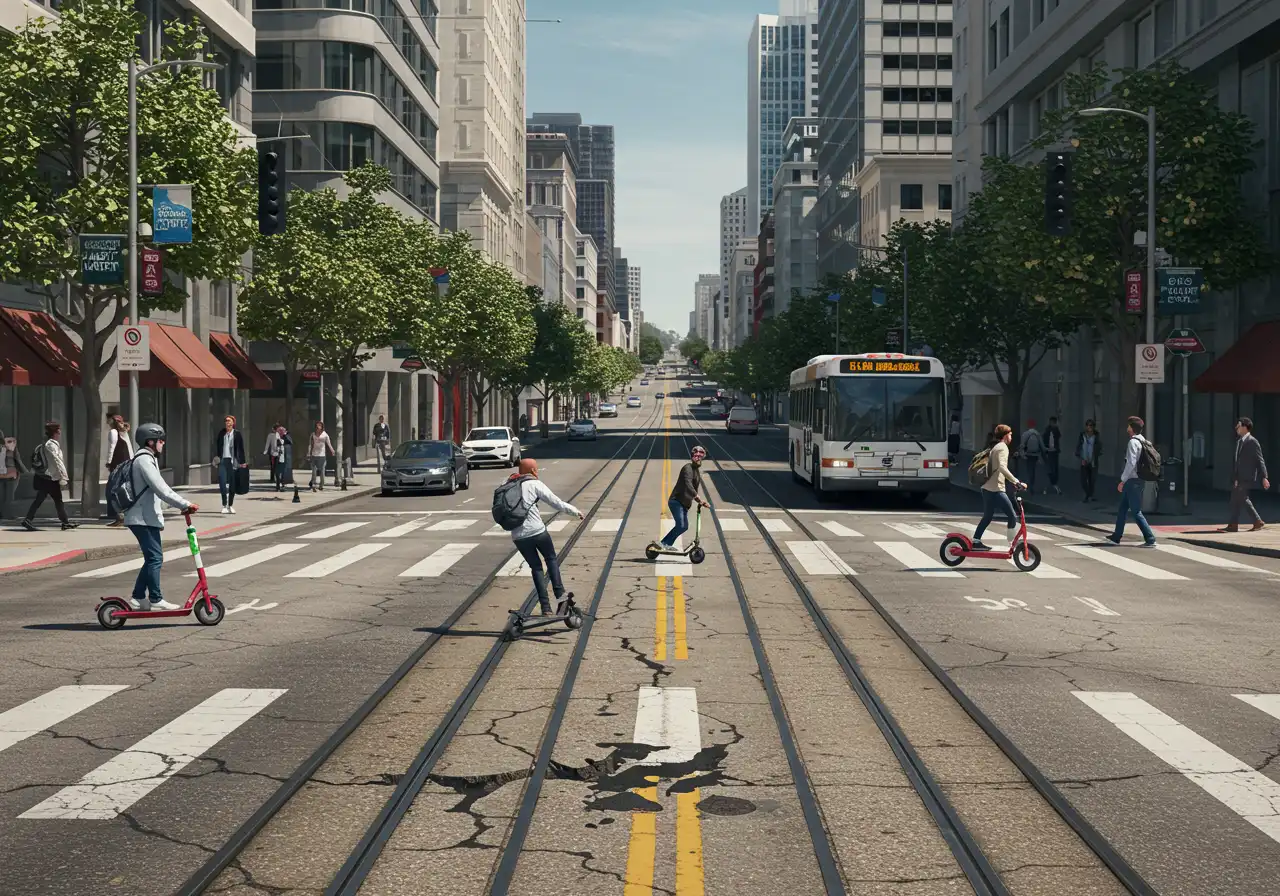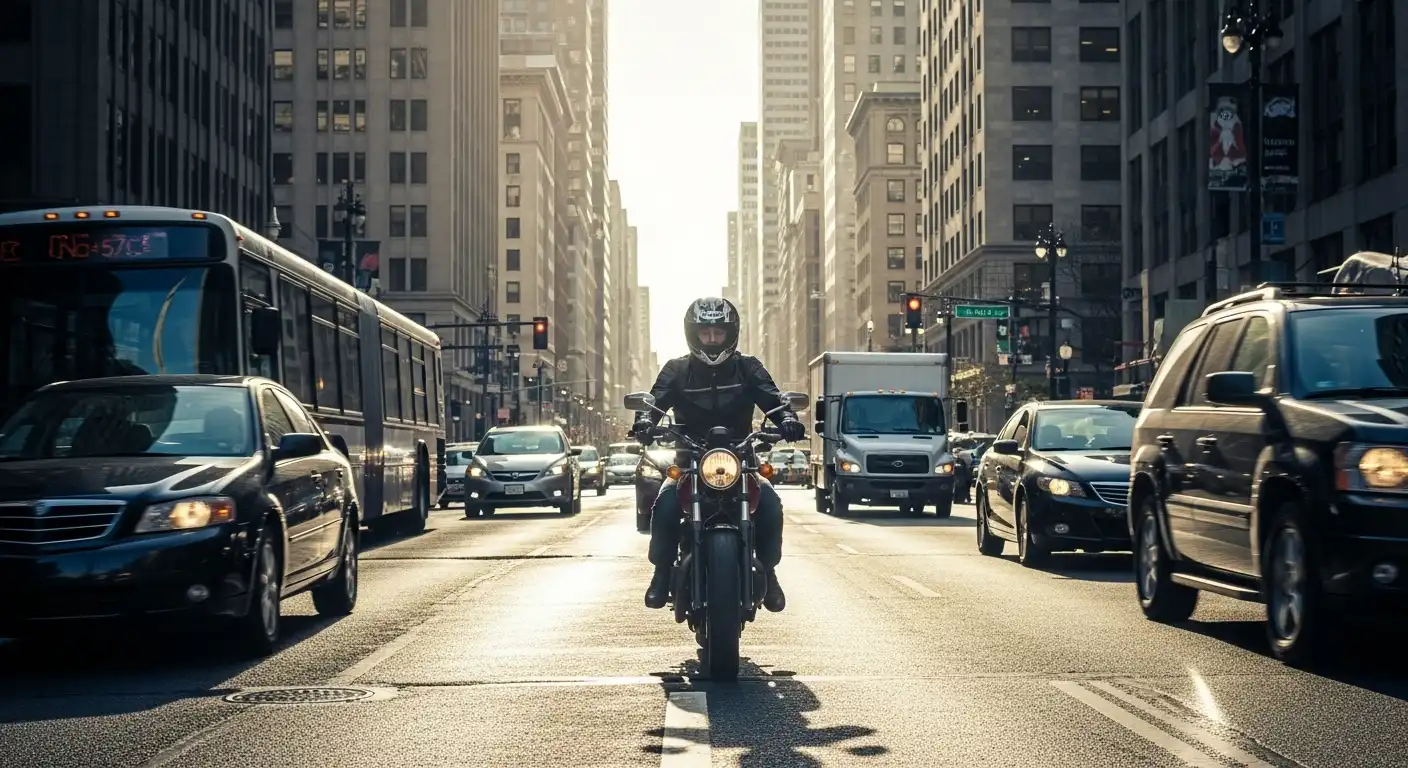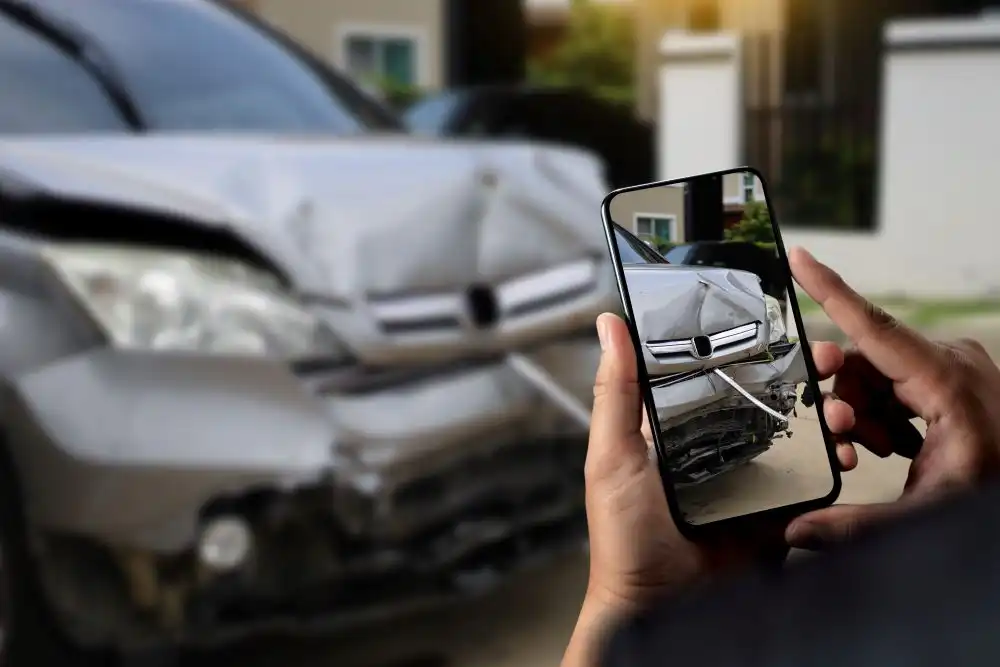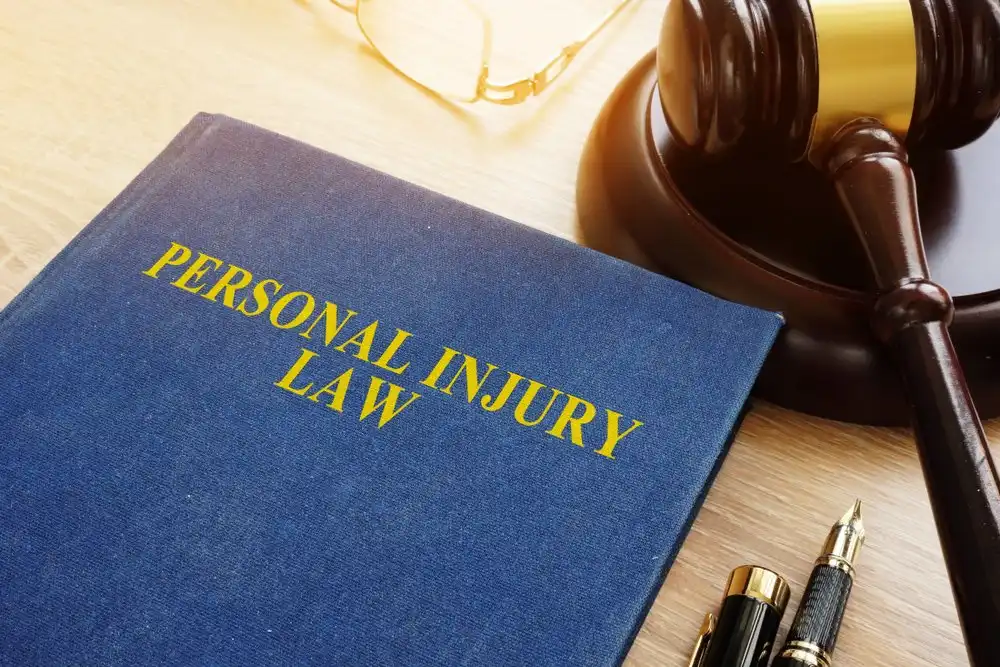Electric scooters, e-bikes, and other micromobility devices have become ubiquitous in San Francisco’s urban fabric. While these devices promise convenience and reduced emissions, they also bring new legal challenges when accidents happen. Victims often struggle with unclear liability, limited insurance coverage, and evolving regulations. This article walks you through what to know after a micromobility accident in San Francisco — from who may be responsible to how to strengthen your case.
The Rising Tide of Scooter & Micromobility Crashes
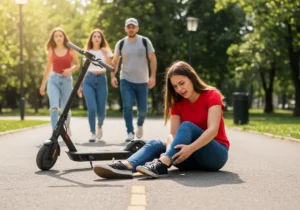 The trend is unmistakable: micromobility accidents are increasing, both locally and nationally. In San Francisco, e-scooter injuries jumped from 145 (2017–2019) to 454 (2020–2022), while fatalities among scooters have all been recorded since 2020.
The trend is unmistakable: micromobility accidents are increasing, both locally and nationally. In San Francisco, e-scooter injuries jumped from 145 (2017–2019) to 454 (2020–2022), while fatalities among scooters have all been recorded since 2020.
Nationally, UCSF researchers report e-scooter injuries rose about 45% per year from 2017 to 2022, and e-bike injuries doubled annually.
Locally, San Francisco’s Vision Zero data now specifically breaks out deaths involving “standup power devices” (scooters) and mopeds as a category.
These numbers underscore that what once might have been seen as a marginal risk is now a mainstream personal injury issue.
Why Micromobility Accidents Are Legally Tricky
Unlike car vs. car collisions, micromobility accidents often involve multiple overlapping liability layers. Some complicating factors include:
- Shared scooter company terms of service: Many services include liability waivers or disclaimers that try to limit users’ rights.
- Manufacturer or design defects: If an e-scooter’s braking, wheel, or frame failed, that opens product liability claims.
- Infrastructure defects: Potholes, tram tracks, uneven pavement, or missing markings may shift fault toward the city or maintenance agency.
- Traffic participants: Motorists turning across a bike lane or failing to yield to a scooter rider often contribute to collisions.
- Rider behavior disputes: Insurers may challenge whether the rider was riding recklessly, under the influence, or violating local scooter rules.
Because these factors overlap, a strong claim often requires combining theories — e.g. product defect + negligent maintenance + infrastructure fault.
Insurance & Compensation in Scooter Accidents
If you’ve been injured, possible compensation includes:
– Medical bills (ambulance, hospital, therapy)
– Lost wages or diminished earning capacity
– Pain and suffering
– Property damage (device, helmet, personal gear)
But getting full compensation is harder than it seems. Rider health or auto insurance policies may deny claims for powered mobility devices under “exclusion” clauses. Shared scooter companies may try to shift blame to riders or argue for limited liability. If city infrastructure is at issue, government immunity rules or notice requirements complicate claims.
That’s why early legal involvement is essential to navigate the insurance minefield, issue demand letters, and preserve evidence before it disappears.
Essential Steps After a Micromobility Accident
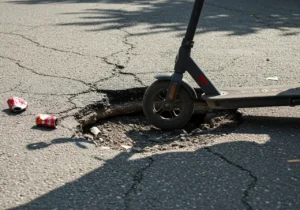 Here’s a practical checklist to protect your rights:
Here’s a practical checklist to protect your rights:
- Seek medical care immediately. Even minor symptoms should be documented.
- Document everything: Photograph the crash scene, signage, road defects, damage to scooter & gear, and your injuries.
- Obtain device & app data: Many scooter companies retain logs of speed, route, battery status, braking, and maintenance history — these can often be subpoenaed.
- Gather witness information. Get names, contact info, and statements if possible.
- Report the accident: If the scooter app or company requires incident reporting, do so in writing (date/time stamped).
- Contact a knowledgeable personal injury attorney early. Avoid direct negotiation with insurers before legal review.
Case Patterns & Highlights in San Francisco
Some accident patterns have emerged in SF:
- Intersections where vehicle turns intersect scooter paths — motorists failing to notice fast-moving scooters.
- Scooters losing control on uneven pavement, tram or rail tracks, or wet surfaces.
- Low-light crashes when scooter lighting or visibility is inadequate.
- Hit-and-run collisions, sometimes involving city vehicles.
- Fatal collisions between scooters and pedestrians: recently, a 77-year-old pedestrian was fatally struck by a scooter downtown. These real-world incidents highlight that liability is rarely one-sided — insurance, device operators, municipalities, or other drivers may be involved.
Strategies to Build a Strong Claim
To optimize your claim prospects:
- Use expert testimony: Accident reconstruction, engineering, road safety, and lighting experts can help allocate fault or defects.
- Subpoena internal logs: Scooter operator app data, maintenance logs, and company policies are essential evidence.
- Frame your theory of liability: You may combine product liability, negligence in maintenance, infrastructure defect, or comparative fault arguments.
- Be ready to litigate: Insurers may lowball; having a lawyer ready to take the case to court strengthens bargaining position.
Conclusion & Next Steps
Micromobility and e-scooter accidents are no longer rare oddities — they are a growing personal injury concern, especially in San Francisco. Whether you’re a scooter rider, pedestrian, or driver, the overlapping liability, insurance quirks, and evolving regulations demand a deft legal strategy.
If you or a loved one has been hurt in a micromobility crash in San Francisco, don’t wait. Contact us for a free case review. In the meantime, you may find our articles on Pedestrian Accidents in San Francisco and Bicycle Accident Law & Claims helpful for related context.
